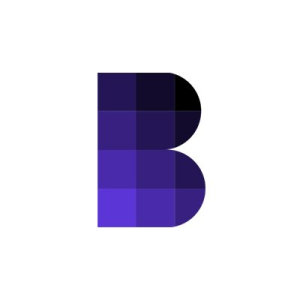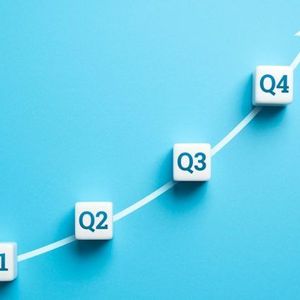The rapid advancement of artificial intelligence is reshaping industries, and while many focus on its potential, the conversation around AI job displacement is becoming increasingly urgent. Duolingo, the popular language-learning platform, recently made headlines with its plans to become an “AI-first” company, a strategy that involves replacing human contractors with AI systems. This move has ignited debate and raised questions about the immediate impact of AI on employment, particularly in creative and entry-level roles. Duolingo’s AI Strategy and Workforce Changes Duolingo’s decision to integrate AI more deeply into its operations isn’t just about efficiency; it’s a direct shift in their workforce structure. Reports indicate that the company began cutting its contractor workforce as early as late 2023, with further reductions occurring in October 2024. Initially, translators were reportedly replaced by AI, followed by writers in subsequent rounds of cuts. This isn’t merely an experimental phase; it appears to be a deliberate Duolingo AI strategy aimed at reducing labor costs and streamlining content creation processes using automated tools. This trend highlights how companies are evaluating where AI can take over tasks previously performed by humans. While AI can offer benefits like speed and scale, the consequence for individuals whose jobs are automated is significant. The focus on contractors first may indicate a testing ground for broader changes within the company or industry. Is This the Face of a Growing AI Jobs Crisis? Journalist Brian Merchant has pointed to Duolingo’s actions as a clear signal that an “AI jobs crisis” is not a distant threat, but a present reality. He argues that this isn’t a sudden, apocalyptic event, but rather a series of calculated business decisions. The impact is already being felt: Attrition in Creative Industries: Freelance artists, writers, and illustrators are seeing declining incomes as clients turn to AI tools for generating content and artwork. Reduced Hiring: Companies are increasingly inclined to hire fewer human workers, opting instead to invest in and deploy AI systems. Impact on Entry-Level Jobs: There’s speculation that the unusually high unemployment rate among recent college graduates could be linked to companies replacing entry-level white-collar positions with AI, or that significant spending on AI is simply “crowding out” budgets for new hires. The narrative isn’t about robots spontaneously taking over, but about executives making strategic choices to leverage AI for cost savings and operational control, leading to tangible impacts on human AI and employment . The Reality of AI Automation Jobs The rise of AI automation jobs doesn’t necessarily mean zero human involvement, but it drastically changes the nature and volume of human work required. In Duolingo’s case, while AI might generate translations or initial content drafts, human oversight, editing, and specialized tasks might still be needed. However, the number of people required for these revised workflows is significantly lower than before. This shift requires a critical look at how society prepares its workforce for the future. As AI handles more routine and even creative tasks, the demand for skills that complement AI – such as complex problem-solving, critical thinking, ethical judgment, and high-level creativity – will likely increase. Yet, the immediate challenge is for those currently in roles susceptible to automation. Considering the Future of AI Jobs Looking ahead, the discussion about the future of AI jobs involves understanding not just job losses, but also job creation and transformation. New roles related to developing, managing, and maintaining AI systems are emerging. However, the pace of job displacement in some sectors currently seems to outstrip the creation of these new, often highly specialized, roles. The Duolingo example serves as a potent reminder that the transition to an AI-integrated economy will likely be challenging for many. It underscores the need for proactive measures, including reskilling and upskilling initiatives, and potentially new social safety nets, to navigate the evolving landscape of work. Summary Duolingo’s move to replace human contractors with AI is a clear illustration of how AI job displacement is already impacting the workforce. This strategic decision, part of a broader Duolingo AI strategy , reflects a trend where companies use AI to cut labor costs, affecting creative industries, freelancers, and potentially entry-level positions. The debate around AI and employment is no longer theoretical; it’s a present challenge driven by corporate adoption of AI automation jobs . Understanding this reality is crucial as we contemplate the broader implications for the future of AI jobs and the economy as a whole. To learn more about the latest AI market trends, explore our article on key developments shaping AI features.



















